What Technology Can Replace In The Classroom (& What It Cannot)
From curriculum maps and report cards to metacognition & field trips, here are some examples of what technology can replace in the classroom.
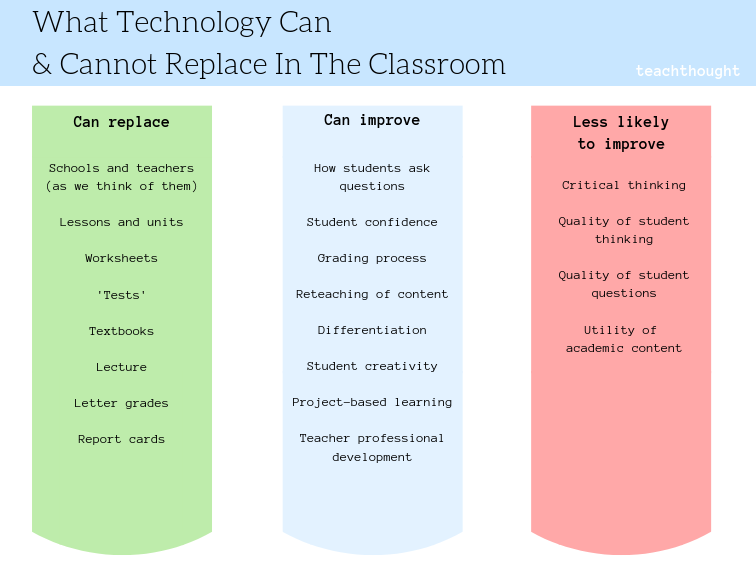
From curriculum maps and report cards to metacognition & field trips, here are some examples of what technology can replace in the classroom.
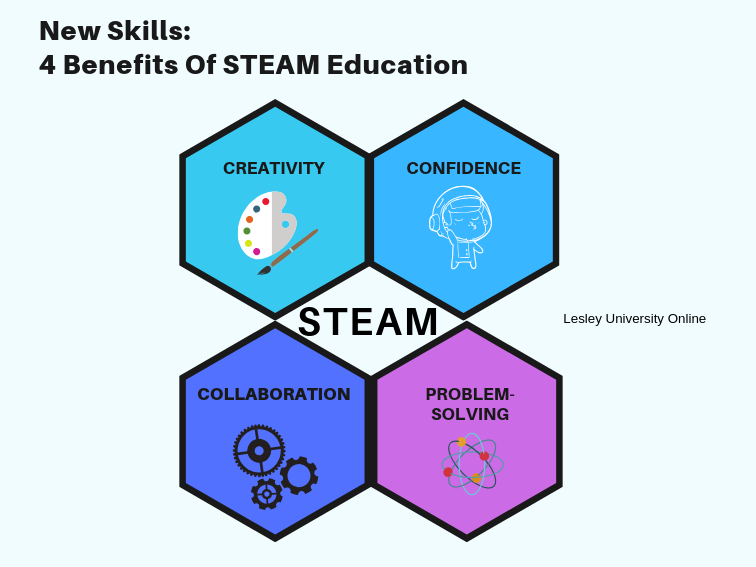
Arts integration stimulates deep learning, creates increased student engagement, and cultivates students’ investment in learning.
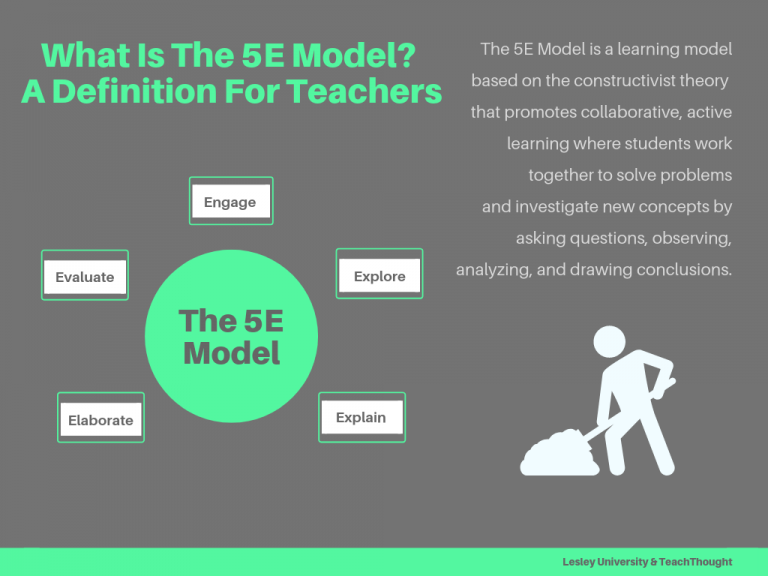
The 5E Model promotes collaborative, active learning in which students work together to solve problems and investigate new concepts.
Being at a conference like SXSWEdu can be overwhelming–a race to attend, listen to and engage with as many education-minded humans as possible.

PBL is a great way to teach students, but what is often overlooked is what high quality PBL can and can’t do for a school and district.
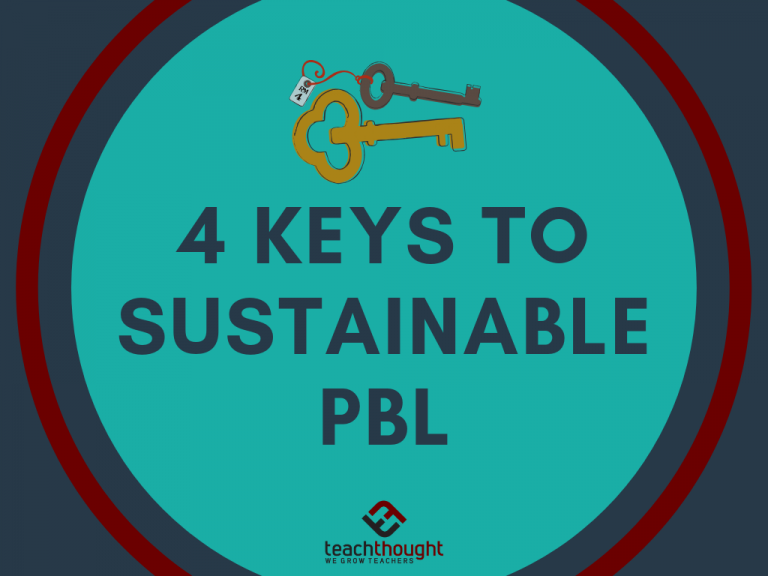
Hosting a workshop with teachers is only the first step to take in implementing a school-wide PBL plan for students.
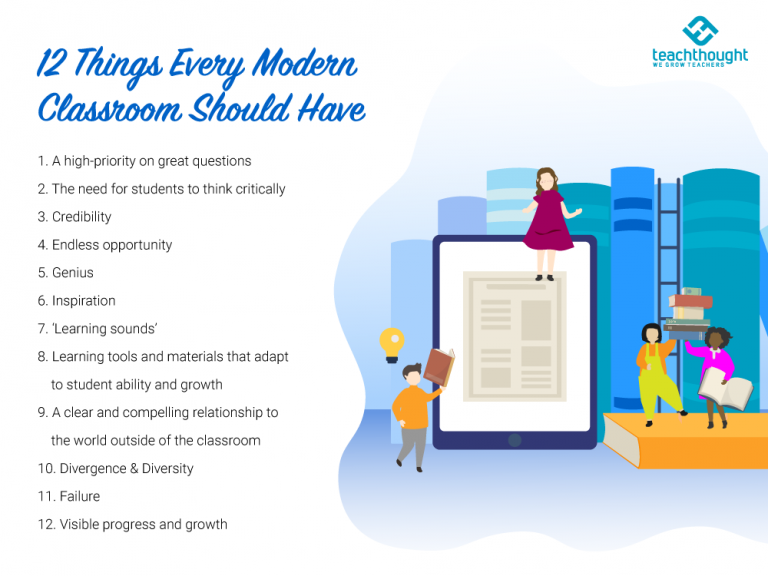
Every classroom is as different as the person creating it. But are there any common elements that every modern classroom should share?
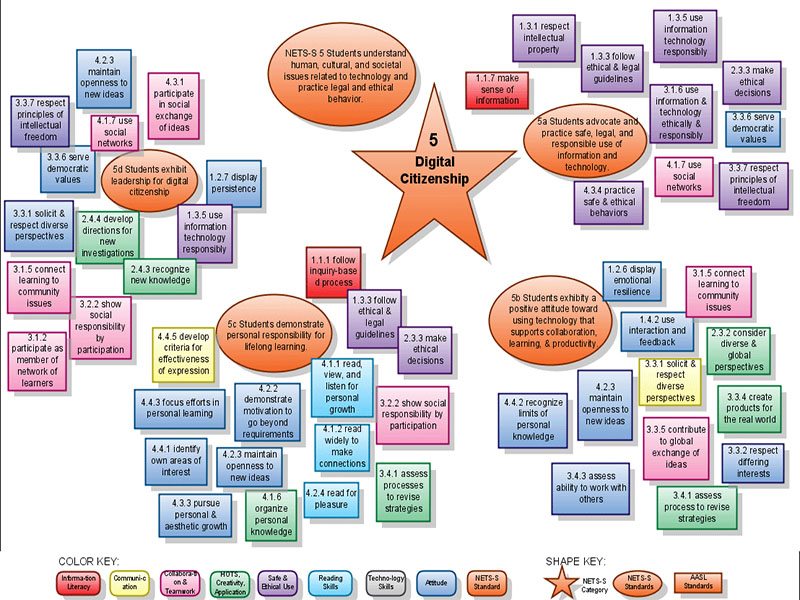
This graphic is a kind of hybrid graphic that distills ideas about technology into ideas about digital citizenship.
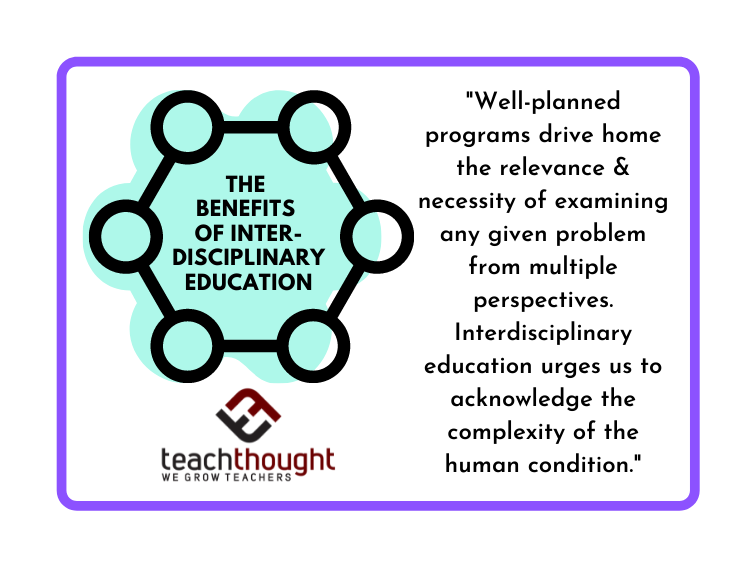
Human affairs defy simplistic explanations. Interdisciplinary education allows us to better address contradictions and ambiguities.
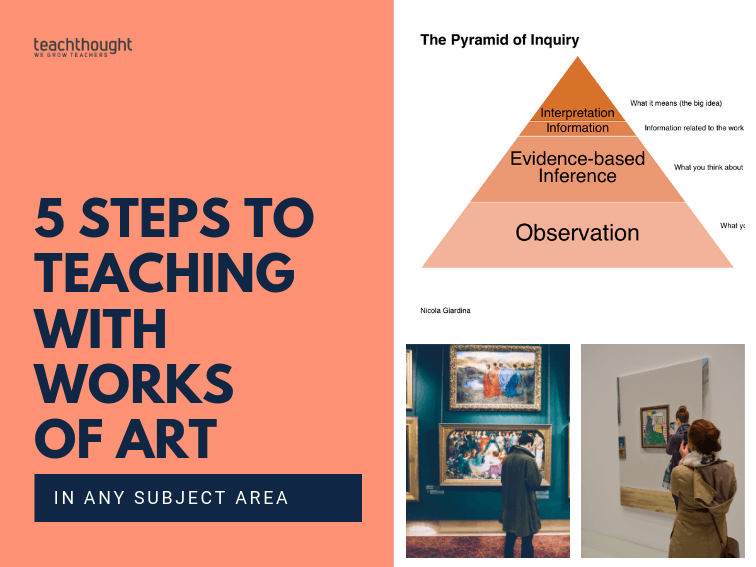
By engaging your students with works of art, you can help them see the world while teaching them to value diverse perspectives.

There’s no reason a ‘school’ can’t become a tech-infused place-based learning environment that focuses on literacy and civic participation.
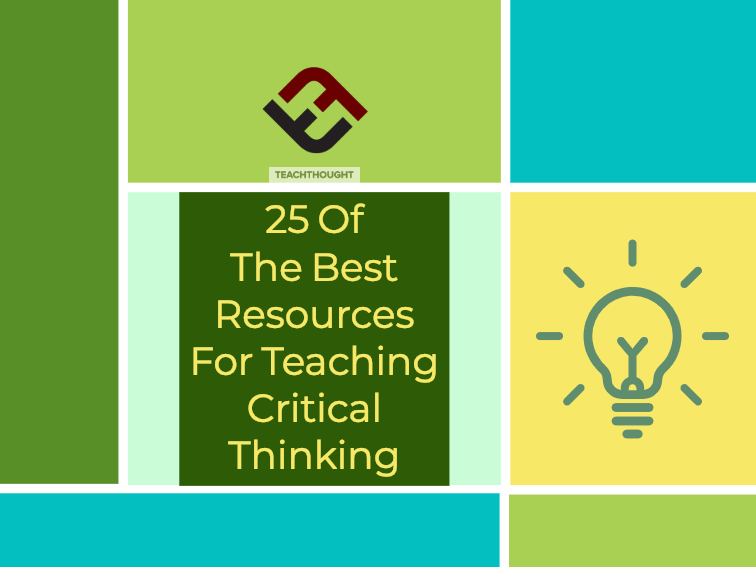
From rubrics and presentations to apps, definitions, and frameworks, here are 25 of the best resources for critical thinking.